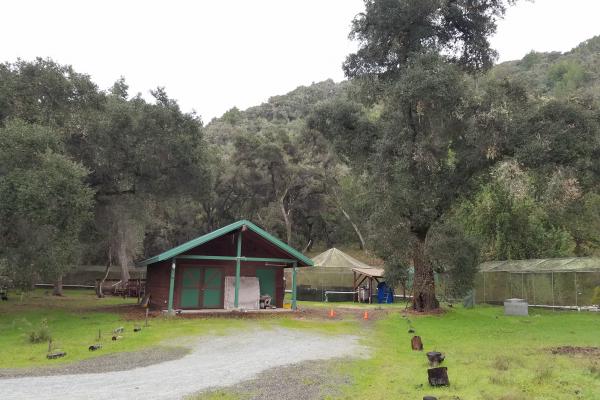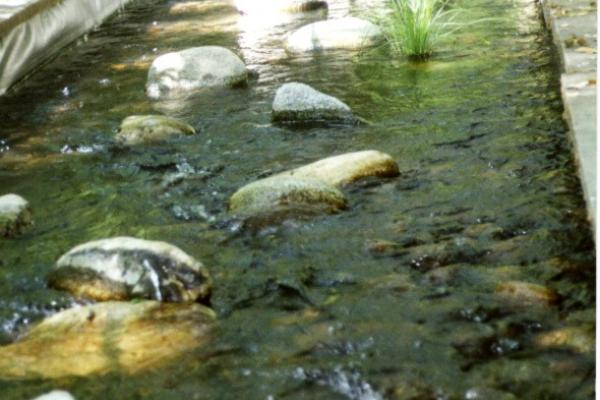Taking the Pulse: Measuring Restoration Success
April 29 - May 2, 2025
Monterey Peninsula Sleepy Hollow Steelhead Rearing Facility
29 April 2025
9:00am - 5:00pm
Field Tour Coordinators: Brian LeNeve, Carmel River Steelhead Association; Cory Hamilton, Monterey Peninsula Water Management District; Doug Smith, CSUMB; Julio A Gonzalez, California American Water
One of the functions of the Monterey Peninsula Water Management District’s (MPWMD) environmental resources program is to rescue and rear naturally-born juvenile steelhead with the objective of assisting the restoration, conservation, and maintenance of the steelhead population at viable levels in the Carmel River Basin as mitigation for environmental impacts caused by diversion of surface and subsurface streamflow in the lower twenty-four miles of the mainstem Carmel River and subunits of the Carmel Valley Alluvial Aquifer. The program began before the listing of steelhead as a threatened species under the ESA in 1997. In fact, seven years earlier, the program was initiated as a mitigation requirement from the District’s 1990 Environmental Impact Report (EIR) for its Water Allocation Program (Mintier et al., 1990), developed to comply with the California Environmental Quality Act (CEQA).
Steelhead rescues on the Carmel River were started in the late 1970’s by the Carmel River Steelhead Association (CRSA). Once the MPWMD program started the two programs were mostly combined to where now cooperation between agencies and NGOs have developed a unique program to try and save what is left of a once thriving run of steelhead that numbered over 10,000.
We will tour the MPWMD’s Sleepy Hollow Steelhead Rearing Facility, where up to 40,000 steelhead rescued from drying sections of the Carmel River can be reared until it rains and the Carmel River runs again. While you will not see any fish in the facility at this time, you will see the complete rearing facility including the 800 ft long artificial rearing channel, tanks, filtration methods, water conditioning methods, pumps and screens. We will also talk about rearing methods and adaptive techniques utilized over the many years.
MPWMD and CRSA will discuss steelhead rescue methodology, how they are done, where they are done and what we are accomplishing and have learned over the years. As a bonus we will drive less than 4 miles to see what a dam removal looks like after almost 10 years. Representatives of the old dam as well as academics from CSUMB will discuss what was done to help the river recover and how the river has actually recovered.




